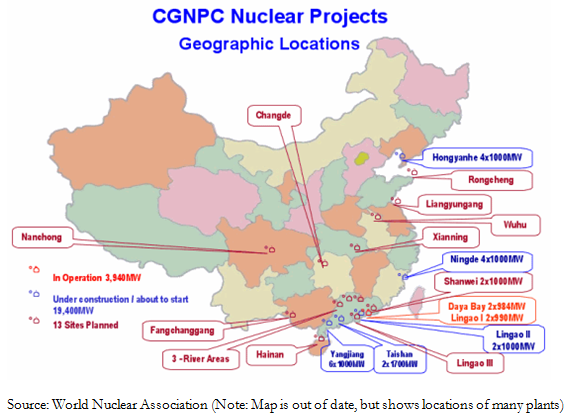 China uncharacteristically expands nuclear power at a slower than expected speed due to the Fukushima-Daiichi nuclear disaster in March 2011.
China uncharacteristically expands nuclear power at a slower than expected speed due to the Fukushima-Daiichi nuclear disaster in March 2011.
When China opened its economy to the world in the early 1980s, the communist country was heavily reliant on oil and coal. These two fossil fuels were relatively abundant domestically and helped secure China’s national security at a time when the country was cautious of foreign influence. However, this energy policy set the pattern for China’s energy needs over the next three decades despite China’s net importation of oil since the early 1990s and coal in 2009.



